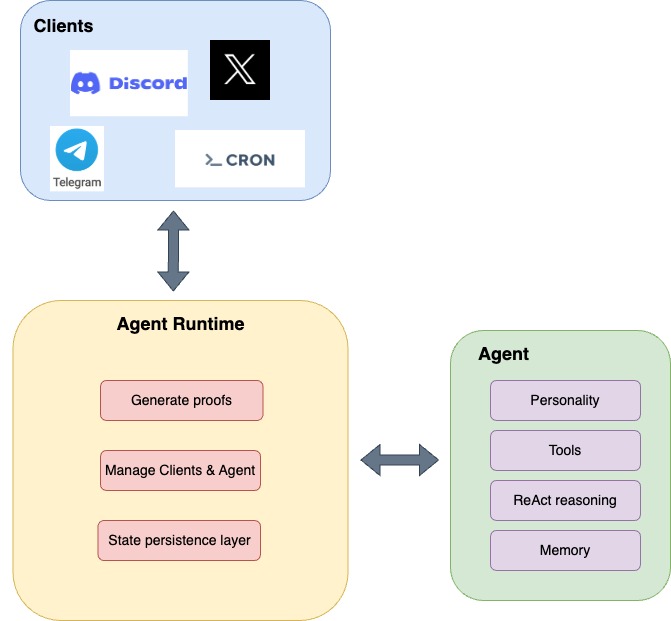Problems with existing frameworks
While our team built Daige, we tried every major Web3 agent framework and ran into well-known issues most of them have:- Rigid & Complex: Too many layers of abstraction, making them hard to debug and extend.
- Workflow-Focused: They emphasize workflows over autonomous, goal-solving agents.
- Overgrown & Hard to Customize: Production often requires rewriting the whole framework from scratch.
- Weak MVP Focus: They can spin up basic agents quickly but struggle with truly powerful ones.
Galadriel framework
We believe that agent development requires a robust, vertically integrated stack — a strategy proven by successful ecosystems such as Swift & iOS and Rust/Anchor & Solana. Following this principle, Galadriel’s framework is highly optimized for and tightly integrated with Galadriel L1. The framework’s design and development are guided by the following core principles:- Simplicity - Minimal abstractions, with ~1,000 lines of agent logic.
- Autonomous Agents - Enables agents to plan and control their own workflows.
- Broad Tool Support - Integrates with LangChain, Anthropic’s MCP, and more.
- Web3 Functionalities - Provides out-of-the-box support for on-chain and off-chain tools, wallet integration, and payments.
- Most used Clients - Integrates your agent with X, TG, Discord, and other main clients.
- Model-Agnostic – Works seamlessly with any LLM, whether local or hosted.
- Modality-Agnostic – Supports text, vision, video, and audio inputs.


